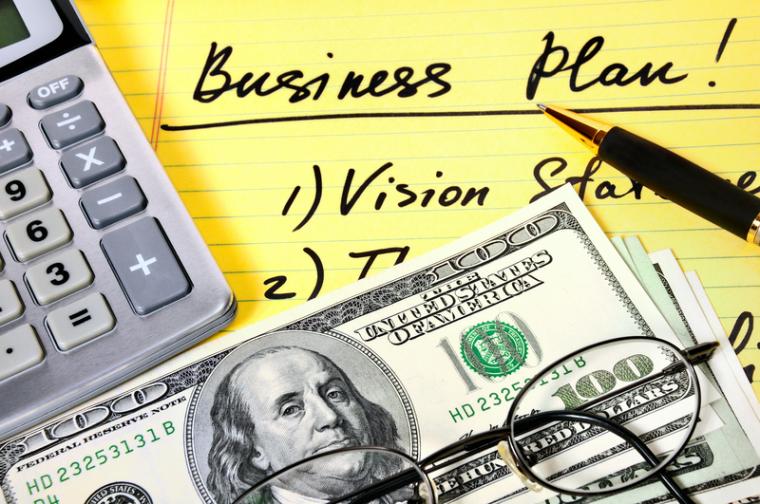
Consumer prices surged 6.8 percent in the year leading into November and 0.8 percent last month alone as a roaring economy overwhelmed struggling supply chains and fueled inflation, according to data released Friday by the Labor Department.
The consumer price index (CPI), a closely watched gauge of inflation, rose sharply in November as retailers, warehouses, suppliers and shipping companies scrambled to meet intense demand.
Economists expected the CPI to rise 0.7 percent in November and 6.7 percent annually after year-over-year inflation rose to 6.2 percent in October, the highest rate in 30 years.
November's annual inflation rate of 6.8 percent is the highest since 1982.
While November’s inflation surge had been widely projected, the steady upward pressure on prices is a significant strain for cash-strapped households and a political threat to President Biden and Democratic lawmakers, The Hill reports.
Biden and his party have sought to emphasize the many strong points of the recovery from the COVID-19 recessions, which was powered in part by a $1.9 trillion stimulus bill the president signed in March. The unemployment rate sank to 4.2 percent as the labor market expanded in November, consumer spending has risen above pre-pandemic levels, wage growth has accelerated and the stock market has rallied to new record highs.
Consumer prices surged 6.8 percent in the year leading into November and 0.8 percent last month alone as a roaring economy overwhelmed struggling supply chains and fueled inflation, according to data released Friday by the Labor Department.
The consumer price index (CPI), a closely watched gauge of inflation, rose sharply in November as retailers, warehouses, suppliers and shipping companies scrambled to meet intense demand.
Economists expected the CPI to rise 0.7 percent in November and 6.7 percent annually after year-over-year inflation rose to 6.2 percent in October, the highest rate in 30 years.
November's annual inflation rate of 6.8 percent is the highest since 1982.
While November’s inflation surge had been widely projected, the steady upward pressure on prices is a significant strain for cash-strapped households and a political threat to President Biden and Democratic lawmakers.
Biden and his party have sought to emphasize the many strong points of the recovery from the COVID-19 recessions, which was powered in part by a $1.9 trillion stimulus bill the president signed in March. The unemployment rate sank to 4.2 percent as the labor market expanded in November, consumer spending has risen above pre-pandemic levels, wage growth has accelerated and the stock market has rallied to new record highs.
Even so, the persistence of high inflation has overwhelmed much of those gains in the eyes of the public and taken the steepest toll on those least able to afford it.
"Economic growth is stronger here than virtually any other nation. Americans have more money in their pockets than this time last year - $100 more each month than last year - even after accounting for price increases. But we have to get prices and costs down before consumers will feel confident in that recovery. That is a top goal of my administration," Biden said in a Friday statement.
Prices rose broadly across the economy, the Labor Department said, with prices for gasoline, shelter, food and vehicles driving much of the increases. Inflation earlier in the year was driven almost entirely by vehicles, electronics and other goods constrained by a global computer chip shortage but has now spread through many sectors.
Consumers paid 0.7 percent more for food, 6.1 percent more for gasoline and 0.5 percent more for shelter than they did in October. Prices for food in general are up 6.1 percent on the year, with grocery store purchases up 6.4 percent and food purchased from restaurants up 5.8 percent.
Economists have expressed confidence that inflation will finally begin to ease next year as the global economy shakes off the COVID-19 pandemic but will likely remain high through the winter. Looming winter weather is likely to shift more spending away from services — which have not yet reached pre-pandemic levels — and toward the goods sector, which has been swamped with high demand from U.S. customers and a range of supply issues driven by the pandemic.
Inflation without food or energy prices, or “core inflation,” was 0.5 percent in November and 4.9 percent annually. Much of the rise in core inflation came from the steady increase in used car prices, which rose 2.5 percent in November, and a 1.2 percent monthly increase in new car prices.
While annual inflation hit another pandemic high in November, prices for food, energy, and new and used vehicles all rose at a slower pace than in October. Even so, it could be months before slowing monthly price growth translates into lower annual inflation.
“Whatever happened to the core CPI month-to-month in November, the upward pressure on the year-over-year will persist through March, at least, because base effects are very unfavorable,” said Ian Shepherdson, chief economist at Pantheon Macroeconomics, in a Friday analysis.
“Nothing is certain in the Covid world, but a higher core inflation rate over the next few months looks like a safe bet.”
(Click to Expand)

There are no comments
Please login to post comments